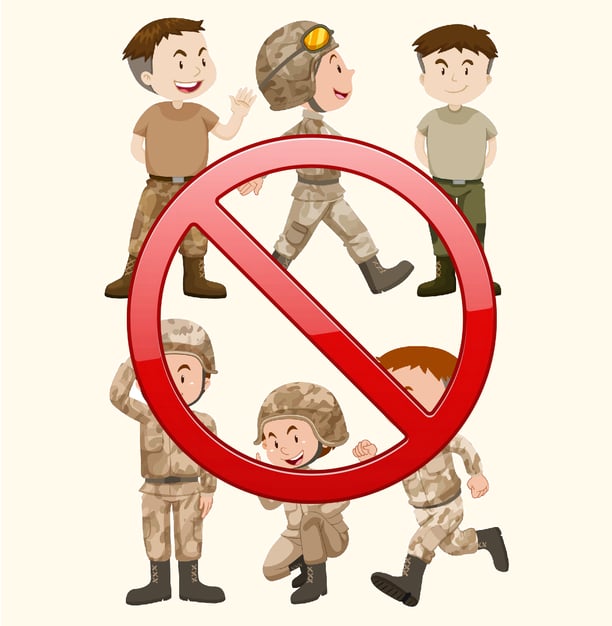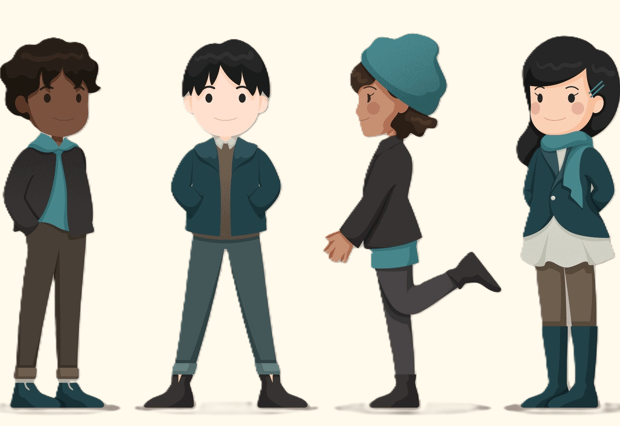Appearance
Avoid wearing military-style clothing or anything that could be mistaken as signalling allegiance. In survival or crisis situations, your choice of clothing can influence how others perceive and treat you. Wearing military-style clothing or items that suggest affiliation with a specific group can make you a target or create misunderstandings. Here's a detailed explanation of why and how to avoid this:
AVOID DRAWING ATTENTION
12/10/20242 min read
Appearance
Avoid wearing military-style clothing or anything that could be mistaken as signalling allegiance. In survival or crisis situations, your choice of clothing can influence how others perceive and treat you.
Wearing military-style clothing or items that suggest affiliation with a specific group can make you a target or create misunderstandings. Here's a detailed explanation of why and how to avoid this:


1. Why Military-Style Clothing Can Be Problematic
Perceived as a Threat:
Aggressive Appearance: Military-style clothing (e.g., camouflage, tactical vests, combat boots) can make you appear aggressive or prepared for conflict.
Increased Suspicion: Law enforcement, military personnel, or other civilians may view you as a potential combatant or someone with dangerous intent.
Association with Combatants:
In conflict zones or regions with political unrest, wearing military attire could signal allegiance to a faction, militia, or armed group. This can make you a target for opposing sides or authorities.
Unwanted Attention:
Looting and Theft: Others may assume you have valuable supplies or weapons, making you a target for theft.
Misunderstandings: Civilians might fear or distrust you, affecting your ability to move safely or collaborate with others.
Legal Risks:
In some regions, wearing military or paramilitary attire without authorization may be illegal or draw unwanted scrutiny from officials.
2. Why Avoid Clothing Signaling Allegiance
Risk of Misidentification:
Symbols, colours, or insignia linked to political, ethnic, or ideological groups may lead others to misidentify you as a member of a specific faction.
Increased Conflict Exposure:
If different factions are in conflict, wearing anything resembling their symbols could inadvertently place you in danger or make you a target of rival groups.
Bias and Distrust:
Even if you wear something unintentionally, it may cause others to distrust or avoid helping you. Staying neutral improves your chances of cooperation and safety.
3. Practical Tips for Neutral Clothing
Choose Plain, Neutral Colors:
Opt for grey, beige, brown, or dark blue instead of camouflage, olive green, or tactical black.
Avoid Logos, Symbols, or Flags:
Skip clothing with insignias, national flags, political symbols, or ideological references.
Wear Simple, Civilian Clothes:
Stick to everyday attire like jeans, T-shirts, hoodies, or non-descript jackets. This helps you blend in with the general population.
Limit Tactical Accessories:
Avoid items like military-style backpacks, combat boots, or tactical gear (e.g., vests, MOLLE pouches). Opt for plain or outdoor-style alternatives.
Adapt to Local Clothing Norms:
Observe what others in the community wear and try to dress similarly to avoid standing out.
4. Example Scenarios
During Evacuation:
Wearing camouflage could lead authorities or other evacuees to think you're armed or affiliated with a militia. Instead, wear neutral-coloured clothes to blend in.
In a Conflict Zone:
A hat with a national flag or political symbol might associate you with a particular group. Opt for a plain hat to avoid drawing unwanted attention.
Seeking Shelter:
Entering a community while dressed in military gear could make people hesitant to offer help. Wearing simple clothes helps establish trust.
In crisis situations, staying neutral and avoiding military-style clothing or symbols of allegiance helps you remain safe, avoid misunderstandings, and reduce the risk of becoming a target. Neutral attire allows you to blend in, build trust, and navigate challenging environments more effectively.


